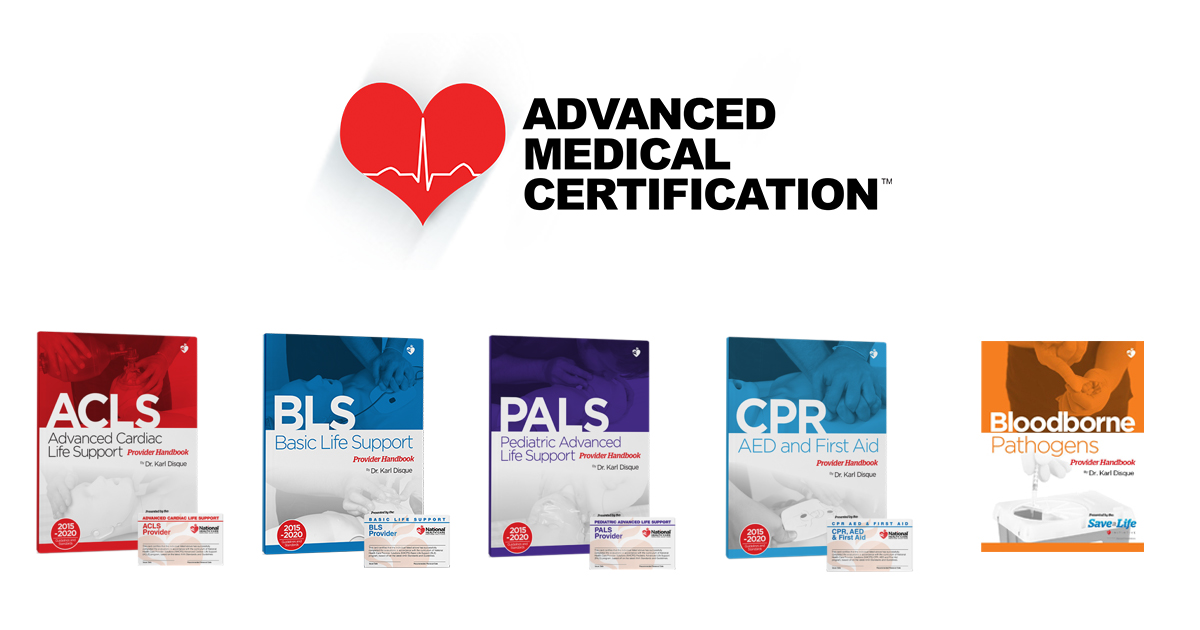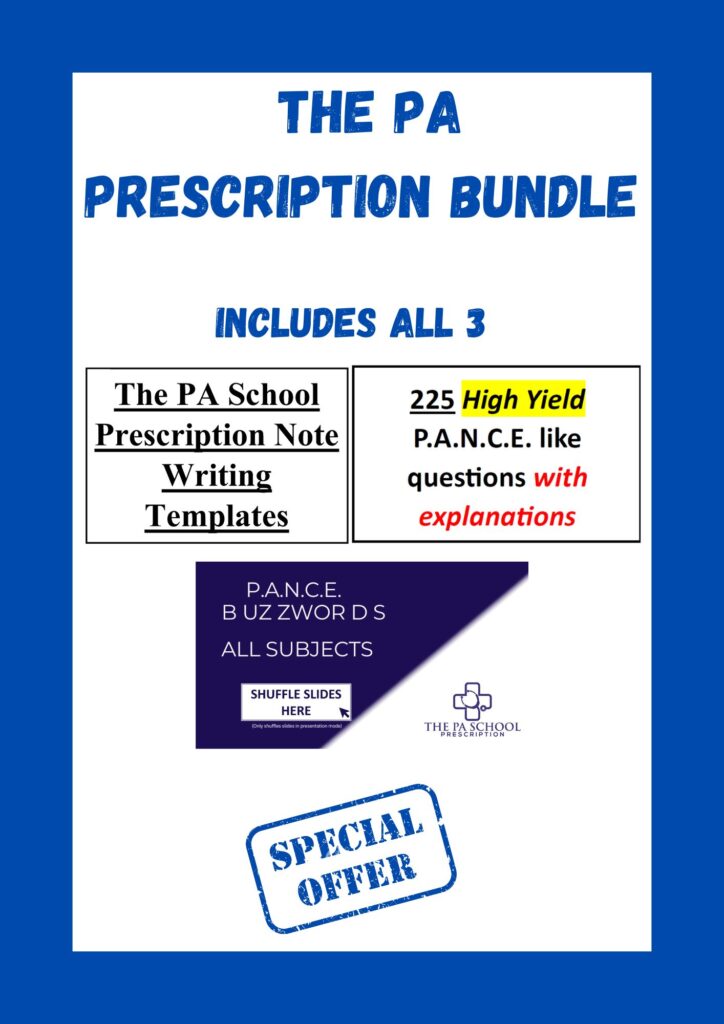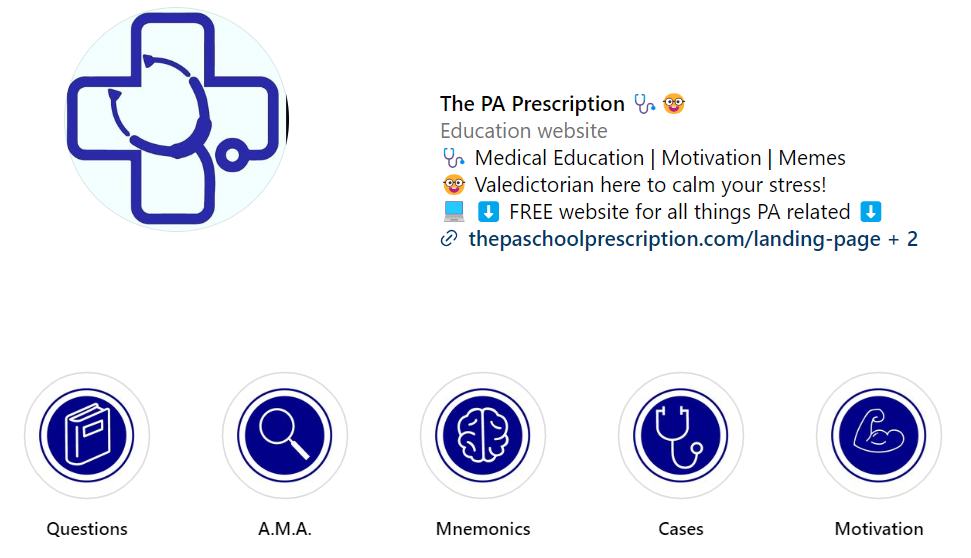
Thank you for subscribing to the The PA Rx Newsletter!
The Friday Case Challenge includes difficult-to-diagnose conditions, some of which are not frequently encountered by most clinicians but are nonetheless important to accurately recognize. Test your diagnostic and treatment skills using the following patient scenario and corresponding questions.
In a bustling emergency room, the atmosphere was charged with a sense of urgency. A young patient, barely 7 years old, was brought in by his anxious parents. The boy’s breathing seemed labored, and his voice, usually full of vibrant energy, had been reduced to a mere whisper. He sat upright, with his chin thrust outward, and his mouth slightly open as if struggling to catch a breath. The triage nurse noted the signs of distress and alerted the attending physician.
The child’s mother recounted the events that led to this moment. A seemingly routine upper respiratory infection had taken a drastic turn. Within hours, his voice had changed, his fever had spiked, and he had grown increasingly agitated. Breathing had become an ordeal, and any attempt to swallow elicited discomfort. The child’s vitals were quickly assessed. His heart rate was elevated, and his oxygen saturation levels were dipping. The doctor attempted to fully inspect the boy’s oropharynx but the child cried out in pain, gagging with any palpation of his throat. The doctor noted conjunctival injection and swelling with protrusion of the tonsils which were fiery red and covered in thick, purulent exudate. The uvula was displaced anteriorly and midline. Anterior cervical lymphadenopathy was remarkable for bilateral 2×2 cm tender, warm lymph nodes. The boy had a hoarse cry and was unable to phonate. Neck flexion and extension elicited severe pain and agitation. Vital signs continued to deteriorate with heart rate now 150 bpm and oxygen saturation down to 86%. Bloodwork indicated leukocytosis and bandemia.
1.What is the most likely diagnosis?
A) Croup
B) Peritonsillar Abscess
C) Epiglottis
D) Foreign body aspiration
2.What is the most appropriate initial management?
A) Administer intravenous (IV) antibiotics
B) Provide oxygen via nasal cannula
C) Administer nebulized bronchodilators
D) Secure the patient’s airway with endotracheal intubation
3.Which of the following is the most likely causative organism?
A) Rhinovirus
B) Parainfluenza virus
C) Haemophilus influenzae type B
D) Group A streptococcus
Answers
Question 1
C) Epilgottitis
Question 2
D) Secure the patient’s airway with endotracheal intubation
Explanation: This presentation is concerning for acute epiglottitis, which is a medical emergency. The “sniffing position” is characteristic of patients trying to maximize their airway patency. In cases of severe respiratory distress, the priority is to secure the airway. Endotracheal intubation should be performed to ensure adequate oxygenation. Administration of antibiotics is essential but should follow airway management.
Question 3
C) Haemophilus influenzae type B
Explanations: In the prevaccine era, H. influenzae type B was the most common causative organism of pediatric epiglottitis. Post-vaccination, nontypeable H. influenzae is still a major cause. S. pneumoniae, S. aureus and M. catarrhalis occur less frequently.
I hope you did well and crushed this quiz.
If you need more review, click here for some free resources, questions and videos regarding oropharyngeal disorders
That’s all for today.
Thanks for reading,










